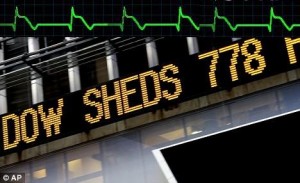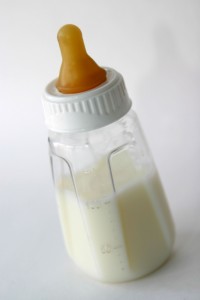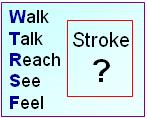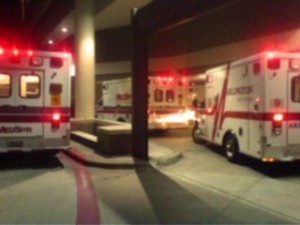Q:
Â
Â
Â
Â
Can anxiety from the economic meltdown cause a heart attack?
Â
A:
The fact that we are not seeing 1000 heart attacks per day probably means that this economic meltdown is not actually causing heart attacks directly. But are we seeing more anxiety problems and panic attacks? You bet! Any ER doctor will tell you that anxiety is a big component of our work, mostly because people get concerning symptoms with anxiety such as chest pain, trouble breathing, numbness, tingling, palpitations, and the like. It can actually be difficult sorting out which patients are just anxious and which ones have a true medical problem going on, and often times, some tests are in order.
I remember working in Los Angeles after the Northridge earthquake, and many people came in with severe anxiety, trouble sleeping, chest pain, etc. The financial problems going on right now are absolutely causing people stress, and we are seeing them in the ER regularly. I’m always happy when I can tell patients that their symptoms are not due to a major medical problem, but unfortunately it doesn’t do much for their financial woes. I also feel that stress, in general, can cause long term health problems, if not managed appropriately.
{ 7 comments }



